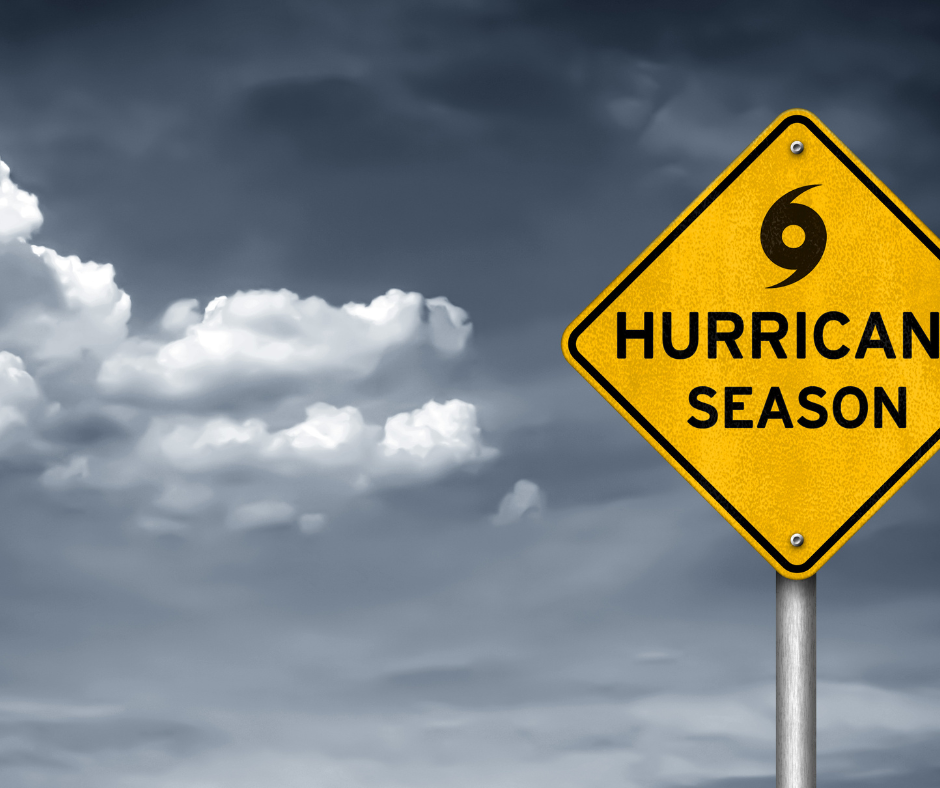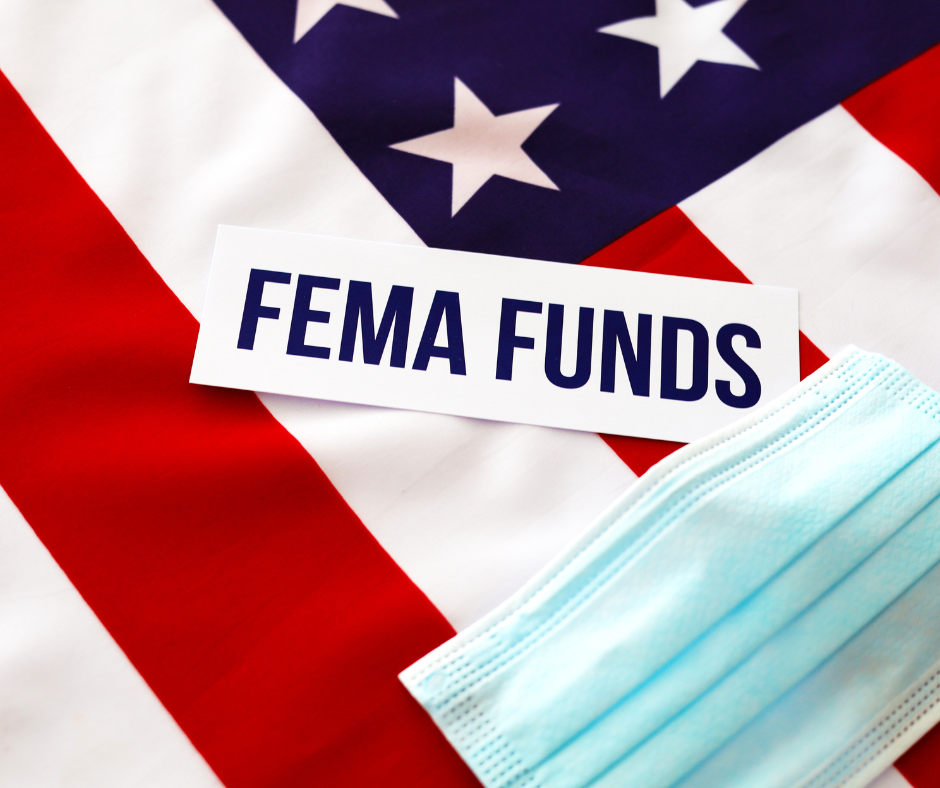Reimbursement Options for EMS Response to Helene and Milton
By Chuck Humphrey, B.A., EMT-B, CADS*
Historic Storms
Hurricanes Helene and Milton have shocked the states of Florida, Georgia, North Carolina, South Carolina and Tennessee by bringing a one-two punch of storm-related public health emergencies and sparking a massive relief-effort response.
As of writing this blog, relief efforts continue in all the affected states where rescue and search and recovery efforts continue. The loss of life is heartbreaking. Entire communities have been lost to raging water currents and massive wind damage. Relief response, including out-of-state, EMS agencies continue to pour into the affected geographic areas to support the overload of emergency response experienced in the wake of these historic weather-related events.
Declarations
President Biden immediately issued emergency disaster declarations beginning as early as September 24, first for the state of Florida and then following with declarations for South Carolina and Tennessee (9/25) and Georgia and North Carolina (9/26) due to the adverse effects of Hurricane Helene.
Following, with the strike on Florida from Hurricane Milton, Biden once again declared an emergency on October 5 for Florida.
Immediately following the moves by The White House, Department of Health and Human Services (HHS) Secretary Xavier Becerra declared public health emergencies (PHEs) for all the affected states retroactive to the beginning days of each weather event.
Waivers
Once the federal government declares these disaster emergencies with related PHEs, programmatic waivers based on Section 1135, 1812(f) of the Social Security Administration under the Stafford Act or National Emergencies Act under Section 319 of the Public Health Service Act comes into play. Section 1135 allows the Secretary to temporarily waive or modify certain Medicare, Medicaid and Children’s Health Insurance Program (CHIP) requirements to ensure that sufficient health care items and services are available to meet the needs of individuals.
Additionally, if a waiver is not issued to a specific service, healthcare providers and suppliers (i.e. EMS) are afforded the right to request a specific waiver to cover services supplied that fall outside of the traditional coverage rules and regulations as outlined in CMS Medicare Learning MLN SE18014 (9/14/2018). Such an individual waiver could potentially be sought by an EMS agency who seeks reimbursement for transporting and caring for patients when forced into service due to pending patient danger.
As of the writing of this blog, it is important to note that a few 1135 waivers have been issued by HHS. These waivers have allowed for emergency stays and extended coverage of skilled nursing facility (SNF) stays for displaced patients and re-located patients but do not apply directly to ambulances. As an extension of these waivers, coverage for moving patients laterally would potentially be covered. EMS agencies conducting these means of transport should immediately be in contact with the Medicare Administrative Contractors (MACs) and individual state Medicaid offices to learn more about how claims can be processed for said transport. As stated above, the process may also involve requesting a specific waiver.
The filing of these requests can be tedious, so we strongly recommend engaging in the assistance of not only qualified legal counsel versed in Medicare and Medicaid. Additionally, it is always helpful to enlist the assistance of elected officials’ offices who can greatly help cut through the governmental “red tape” and apply shortcut timelines to such requests. Often, the American Ambulance Association and individual state ambulance associations can assist in these lobbying efforts.
FEMA
As we have seen chronicled in the national news, the Federal Emergency Management Agency has particularly been placed under a microscope during this pivotal presidential election cycle year. As such, FEMA has garnered emergency response resources from various unaffected parts of the country resulting in disaster strike team response into the affected areas.
Relieving local inundated emergency responders coupled with the moving of patients to safety, together with global recovery and relief efforts has been forefront in the federal government’s response to area affected by both Helene and Milton.
However, the involved response agencies expectedly incur significant costs which are required to be reimbursed in some form to maintain and ultimately recover the over-budget costs of this group-effort response.
Remember, even when a national disaster is declared, FEMA is often the first avenue of funding. In these events Medicare, Medicaid and even commercial health insurance may never come into play as a means of reimbursement. Of course, each emergency is different so enlisting assistance in research reimbursement funding options is essential.
It is important to keep in mind that allotted federal funding is directed to the most urgent needs and, unfortunately, we have learned over the years that payment for evacuation and relocation transport are, unfortunately, the least of FEMA’s worries in such crises.
Knowing this, it is still important that each responding EMS agency file the necessary paperwork to hold your place in line for reimbursement.
Recommendations
Given that the rules for seeking reimbursement for these disaster scenarios are often created after-the-fact, we recommend you take the following steps in the moment…
Document. It is vital that administrative and response staff document the unique circumstances for each transport. Especially important is that the documents are very detailed regarding the patient’s medical necessity and the appropriateness of the transport. In these cases, even patients who are not considered medically necessary, but required rapid lateral evacuation transport by an emergency vehicle under emergency evacuation protocol initiated by local or state authorities may be critical in procuring reimbursement following the immediate transport scenario.
Record. Be sure to record the person(s) or agency(ies) who requested the transport. Your intake documentation must include the requesting person(s)’ title(s), role(s) and nature and circumstances surrounding the request for ambulance transportation. This information should be noted in or appended to the patient care report for future reference when seeking reimbursement.
Collect. Communicate to all responding personnel the importance of collecting all health and/or liability insurance information, next-of-kin information, facility information and the names of all people who are part of the ambulance transport scenario- before, during and after the transport. Be specific, in your run documentation, to record the patient’s disposition and location upon pick-up, the destination and final disposition and location of the patient upon drop-off. Include all written patient history documentation that was provided to you prior to, during and upon arriving at your transport destination for each patient. Make certain that all relative adjunct documentation is appended to the PCR and archived appropriately for reference.
Act. Be bold and decisive in your actions following these emergency disaster events. File and request special exceptions whenever possible and at all levels. Explore every avenue of reimbursement from FEMA, CMS and state and local agencies. Leverage elected officials who have experience staff waiting to assist you in your efforts- especially in a key election cycle year.
THANK YOU!
Above all, THANK YOU! You and your staff are making a difference, which is the mission of EMS. Saving the lives of those affected and softening the blow for individuals whose lives have been upended is a noble act and one that we applaud you for undertaking. In all, PLEASE BE SAFE OUT THERE!
*Chuck Humphrey is an independent contractor who spent 25 years in the EMS revenue cycle management industry, prior to his retirement from Quick Med Claims. In addition to holding active EMT credentials in Pennsylvania, he is also a Certified Ambulance Coder, Certified Ambulance Compliance Officer and Certified Ambulance Documentation Specialist via the National Academy of Ambulance Compliance. Humphrey is a periodic guest contributor to the QMC blog and podcast space.

